
1.) There are around 200 different owl species.
2.) Owls are nocturnal (active at night, sleep during the day)
3.) A group of owls is called a parliament, wisdom or study. Baby owls are called owlets..
4.) Most owls hunt insects, small mammals and other birds.
5.) Some owl species hunt fish, like the Brown Fish Owl.
6.) Owls have powerful talons (claws) which help them catch and kill prey
7.) An owl’s eyes are supported by bony eye sockets and they cannot turn their eyes. Instead, owls rotate their heads up to 270 degrees, but they cannot turn their heads all the way around.
8.) Owls are farsighted, meaning they can’t see things close to their eyes clearly.
9.) Owls are very quiet in flight compared to other birds of prey. Owls have specialized feathers with fringes of varying softness the help muffle sound when they fly. Their broad wings and light bodies also make them nearly silent fliers, which helps them stalk prey more easily.
10.) The color of owl’s feathers helps them blend into their environment (camouflage).
11.) Barn owls can be recognized by their heart shaped face. A barn owl can eat up to 1,000 mice each year, and many farmers try to attract barn owls to help control rodent populations in agricultural fields.
12.) Only 19 owl species are found in North America.
13.) Owls are found in all different habitats and there are different owl species found on all continents except Antarctica.
14.) All owls have upright posture and forward-facing eyes that give them binocular vision.
15.) Owls have superior hearing and the ability to pinpoint where prey is located, even if they can’t see it.
16.) Several owls species have tufts that look like ears on their heads but they aren’t ears at all. These tufts of feathers may indicate the bird’s mood, help keep it camouflaged or be used to show aggression.

17.) The flattened facial disk of an owl funnels sound to the bird’s ears and magnifies it as much as ten times to help the bird hear noises humans can’t detect.
18.) After digesting their food, owls regurgitate hard pellets of compressed bones, fur, teeth, feathers and other materials they couldn’t digest. Ornithologists study those pellets to learn more about an owl’s diet.
19.) For most owl species, females are larger, heavier and more aggressive than males. If the birds are dimorphic, the female is often more richly colored than the male.
20.) Not all owls hoot, and owls can make a wide range of other sounds, such as screeches, whistles, barks, growls, rattles and hisses. During the nesting season, owl calls can often be heard up to a mile away. Female owls generally have higher voices than their mates.
21.) The structure of an owl’s foot is referred to as zygodactyl. This means that two of the toes face forward while two face backward. This arrangement enables the owls to capture and grasp prey with greater ease. Sometimes, the third toe can be rotated forward into a position occasionally used for perching.
22.) Owls have long been cultural symbols and they have been found in cave paintings in France, in Egyptian hieroglyphics and even in Mayan art. Today, owl superstitions associate the birds with bad luck, death and stealing souls in many cultures.
23.) The biggest modern threats to owls are habitat loss, pesticides that poison the birds and their food supplies and human persecution because of negative superstitions. Vehicle collisions, wire fences and even well-meaning birders can also be hazardous to owls.
24.) A Snowy owl is diurnal, which means that they are active in night as well as day.
25.) People are scared of owls because owls have always been associated with death, occult, and witchcraft. But in some other places, owls are considered auspicious and linked with wisdom.
26.) Elf owl is the smallest specie of owl, weighing about 31 g and measuring 13.5 cm.
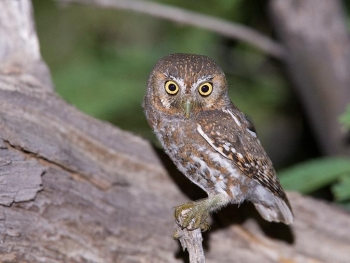
Photo Source
27.) The great grey owl is the longest owl that measures between 70 cm to 84 cm, while the similar-sized eagle owls—the eurasian eagle owl and blackiston’s fish owl—are the heaviest ones.
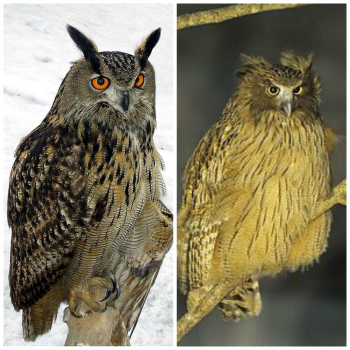
28.) The eggs of an owl do not hatch at the same time, as they are laid at the intervals of 1 to 3 days.
29.) Owls were often associated with the god of death, Aztec. According to the culture of the Uto-Aztec tribe, the Hopi, taboos surround owls, which are associated with sorcery and other evils. The Aztecs and Maya, along with other natives of Mesoamerica, considered the owl a symbol of death and destruction. In fact, the Aztec god of death, Mictlantecuhtli, was often depicted with owls. (wikepedia.org)
30.) Owls are used for controlling the rodent population in different parts of the world. Farmers install owl nest boxes in and around their farms or vineyards to control the population of rodents.
Sources:
http://www.sciencekids.co.nz/sciencefacts/animals/owl.html
http://birding.about.com/od/birdprofiles/a/20-Fun-Facts-About-Owls.htm
http://www.interestingfunfacts.com/fun-facts-about-owls.html
Thanks for reading. Please feel free to enjoy this free wordsearch below:

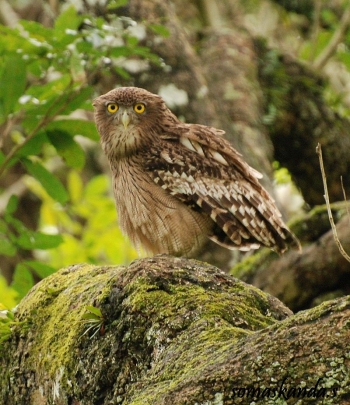
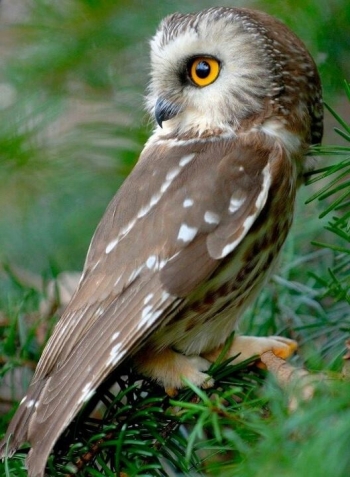

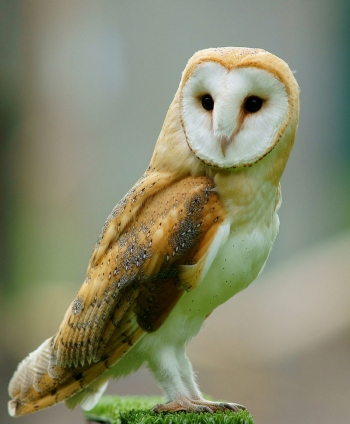
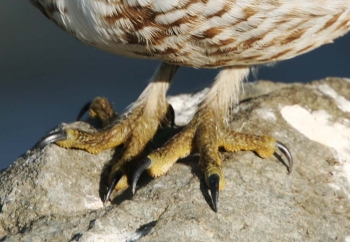


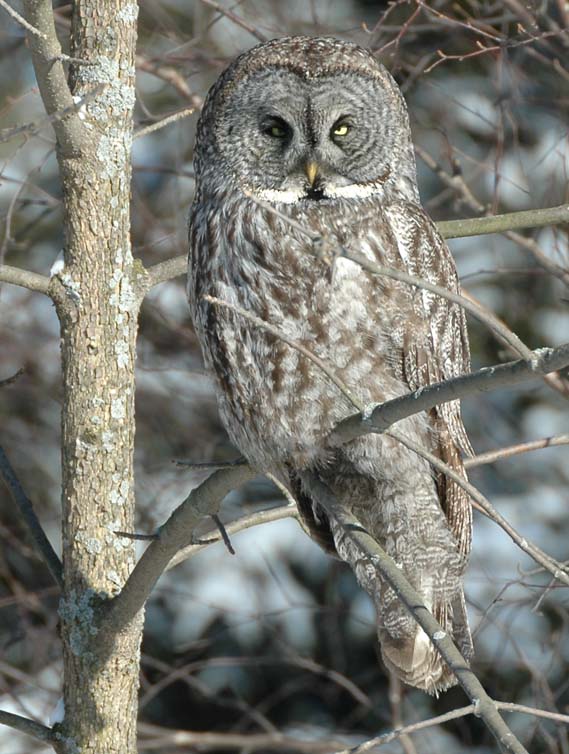
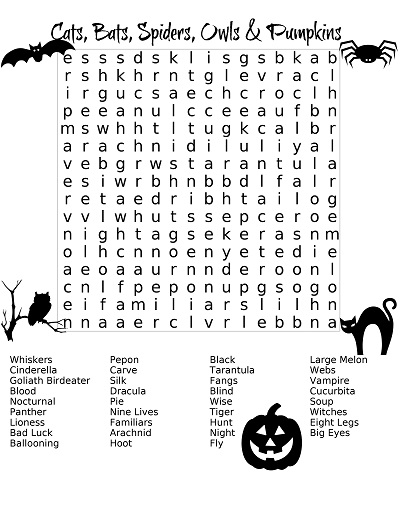
owls are such beautiful, fascinating creatures. hilarious they are called a parliament!
I think owls are so interesting. It’s so cute how babies are called owlets! I love that! Also, the elf owl looks so tiny and cute. I’d known some of these facts about owls. But, i hadn’t known that farmers could attract owls to keep their rodent populations in check. That’s so convenient!
Such fun facts. We found some owls over the summer in our palm trees. My children love trying to see them at night. Blessings to you! :)
I love owls. I find them completely fascinating and we spend a lot of time at the zoo watching them.
These were great facts!
Thanks for sharing (and for linking up to the #SHINEbloghop).
Wishing you a lovely weekend.
xoxo
I love owls so much! These are really beautiful photos, and I enjoyed the facts as well! I spent a while researching owls recently for a blog post on a book called the Owl Service, which is based on an ancient Welsh myth involving an owl. It really is amazing how much mythology and superstition has become attached to owls. I’ve sometimes wondered if it’s maybe because their faces can look so human!
So neat! I just love owls.